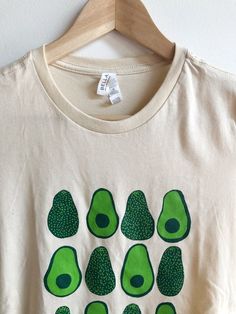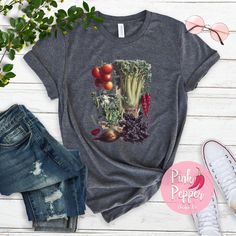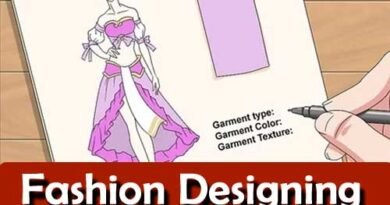Vegetable Impression on Tshirt 02
Using Fabric Dye for Vegetable Printing

- Dye Consistency:
- Fabric dye is usually thinner and more liquid than fabric paint, so it may be harder to control when applying to the vegetable stamp.
- To make the dye easier to work with for stamping, you can thicken it using a dye thickener (available in craft stores) or mix it with a thickening agent like cornstarch. This will help the dye stay on the vegetable surface without dripping.
- Application:
- You can apply the fabric dye to the vegetable stamp using a brush or sponge, just as you would with fabric paint. Make sure to use a thin layer to prevent the dye from spreading too much when you press the vegetable onto the fabric.
- Alternatively, you can dip the vegetable directly into the dye, but this might result in uneven prints unless the dye is thickened.
- Color Setting:
- After printing with fabric dye, you will need to set the color so it bonds with the fabric. Follow the instructions on the fabric dye package for setting the dye, which typically involves heat setting by ironing or steaming, or soaking the fabric in a solution like salt water, depending on the type of dye.
- Design Considerations:
- Since fabric dye is often more transparent than fabric paint, the prints may look lighter or more subdued. You may need to apply multiple layers for a more intense color.
- Dye-based prints can have a more blended or watercolor-like appearance, which can create beautiful, soft effects.
Pros and Cons of Using Fabric Dye Instead of Fabric Paint

Pros:
- Natural Look: Fabric dye tends to soak into the fabric rather than sitting on top of it, giving the design a more natural and smooth finish.
- Soft Feel: Dye does not alter the texture of the fabric as much as paint, so the T-shirt will remain soft to the touch after printing.
- Long-lasting Color: When properly set, fabric dye is very durable and withstands washing without fading.
Cons:
- Less Control: Fabric dye can be harder to control than fabric paint, especially if it’s too watery. This can result in less defined or blurry prints.
- Additional Steps: Dye usually requires more steps for color setting and often takes longer to dry compared to fabric paint.
Conclusion:
While fabric dye can be used for vegetable printing, it requires careful preparation and handling due to its liquid nature. For bold, defined prints, fabric paint might be a better choice, but if you prefer a more organic, subtle look with a soft texture, fabric dye is a great option. Just be sure to follow the proper steps for dye setting to ensure your design lasts.

